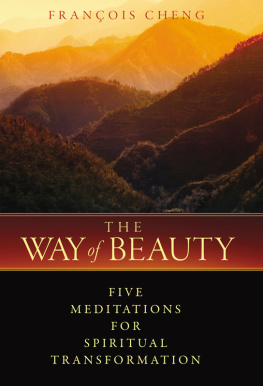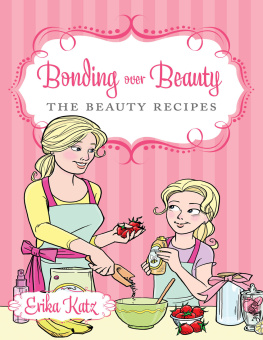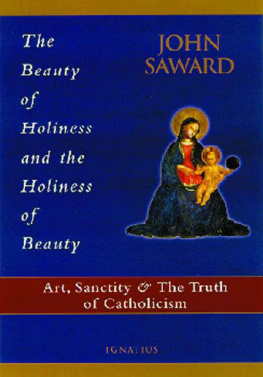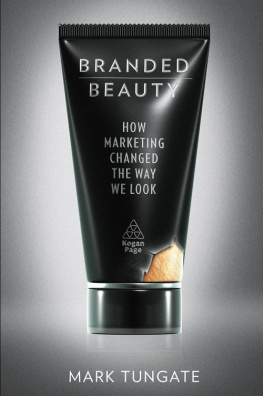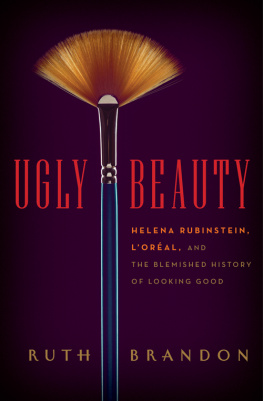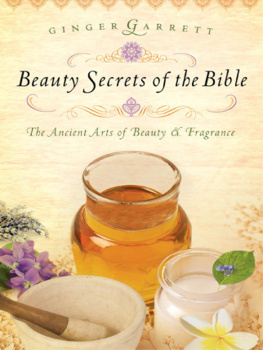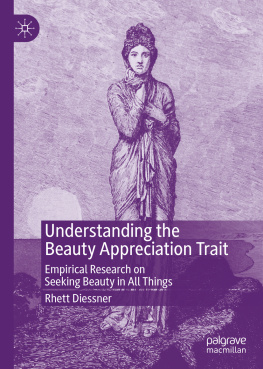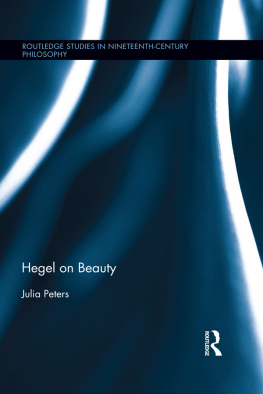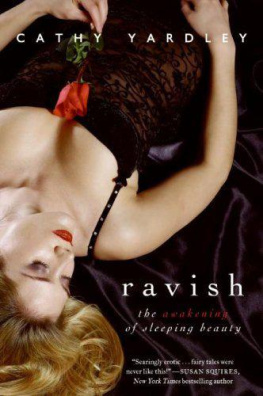Awakening Beauty
An illustrated look at mankinds love and hatred of beauty
By Anthony Napoleon, Ph.D.
Awakening Beauty, by Anthony Napoleon. ISBN 1-58939-378-3 (softcover) 978-1-62137-142-7 (ebook).
Published 2012 by Virtualbookworm.com Publishing Inc., PO. Box 9949, College Station, TX , 77842, US. 2012 Anthony Napoleon. All rights reserved. No part of this publication may be reproduced, stored in a retrieval system, or transmitted in any form or by any means, electronic, mechanical, recording or otherwise, without the prior written permission of Anthony Napoleon.
Manufactured in the United States of America .
Chapter I: Beautiful Women
There are two kinds of women: beautiful women, and women who want or have wanted to be beautiful. Beautiful women and those who want to be beautiful have spawned a multi billion dollar beauty industry, an industry which sells hair color, plastic surgery, and ev erything imaginable in between. Beautiful women both feel and can arouse deep emotion, but it is not always positive emotion. For example, beautiful women are forever chasing greater beauty, while at the same time anxiously trying to fend off the effects of aging. Consider that unattractive women in pursuit of beauty often hate, with a passion, those women who already possess the beauty they so desperately desire.
Men, like women, are profoundly affected by beauty. Consider the shared human experi ence which gave rise to the song: When You re in Love with a Beautiful Woman, made popular by the band Dr. Hook:
When you re in love with a beautiful woman, its hard. When you re in love with a beautiful woman, you know its hard, cause everybody wants her, everybody loves her, everybody wants to take your baby home.
When you re in love with a beautiful woman, you watch your friends. When you re in love with a beautiful woman, it never ends, you know that is crazy and you wanna trust her, then somebody hangs up when you answer the phone. When you re in love with a beautiful woman, you go it alone.
Maybe its just an ego problem, problem is that Ive been fooled before by fair-weather friends and faint hearted lovers, and every time it happens it just convinces me more.
When youre in love with a beautiful woman, you watch her eyes. When youre in love with a beautiful woman, you look for lies, cause everybody tempts her everybody tells her shes the most beautiful woman they know. When youre in love with a beautiful woman, you go it alone.
Or how about the song If You Want to be Happy, by Jimmy Soul, which topped the charts in 1963. This song gives voice to what many men come to feel after years and years of frustration dealing with beautiful women.
If you wanna be happy for the rest of your life, never make a pretty woman your wife, so from my personal point of view, get an ugly girl to marry you.
A pretty woman makes her husband look small.
And very often causes his downfall. As soon as he marries her, then she starts to do the things that will break his heart.
But if you make an ugly woman your wife,
you ll be happy for the rest of your life. An ugly woman cooks her meals on time; she ll always give you peace of mind.
Dont let your friends say you have no taste.
Go ahead and marry anyway, though her face is ugly, her eyes dont match, take it from me shes a better catch.
Say man, hey baby, saw your wife the other day.
Yeah? Yeah, shes ugly. Yeah, shes ugly but she sure can cook. Yeah? Alright.
Men are inherently attracted to beautiful women, but as these song lyrics poignantly illus trate, men also mistrust beautiful women and often harbor many negative feelings about them. This love-hate relationship is difficult for men to navigate, but imagine how confusing and painful it is for women. After all, women strive to be physically attractive; yet, when they achieve it, more often than not, they bemoan the fact that men are just interested in them for their looks or mistrust them because they are beautiful. Marilyn Monroe summed up her feelings about beauty on the night she committed suicide. According to author Anthony Summers, Marilyn called her psychia trist on the night of her death and complained that here she was, the most beautiful woman in the world, and she didnt even have a date for Saturday night.
Defining Beauty
What constitutes beauty? The short answer is that beauty is defined by genetic and cultur ally based ideals, tempered with some minor variations in personal taste. Both nature and nurture define our ideals of beauty. The biologically based determinants of beauty include such variables as symmetry, consistency of texture and color, lucidity in form, and proportionality.
Environmental inf luences shape our genetic predispositions to find certain characteristics beautiful. For example, the sixty years since World War II heralded a transition from the more full- figured Hollywood movie stars of the 1940s and 50s, to the often gaunt and anorexic stars of the early twenty-first century, all the while waist to hip ratios remained the same. But dont think that because culture helps to define what we think is beautiful, that our definition of beauty is signifi cantly influenced by individua liz ed tastes that vary significantly from one person to another.
My own research, along with others, has refuted the accepted idea that beauty is in the eye of the beholder, a notion that suggests that each and every person has their own very different and individua liz ed definition of what is beautiful. Notwithstanding the empirical research on the sub ject, a short jaunt along the path of logical reasoning illustrates that what constitutes beauty may not be subject to great differences in individua liz ed taste. The fact that there are beautiful women, recognized all over the world for their beauty, demonstrates that significant numbers of people agree on what is and what is not beautiful.
Conversely, the fact that people agree that there are unattractive women, recognized every where as unattractive, is another way of illustrating the same principle. If we all had a unique, individua liz ed standard of beauty; that is, beauty is in the eye of the beholder, not enough of us could agree and there would be no beautiful women.
Learning What is Beautiful
One hundred years ago, the model du jour belonged to the fashion industry and its patrons in Paris and New York. Today, thanks to technology that makes possible world-wide media distribution, the model du jour belongs to the world. The images we see and the sounds we hear, without exception, are dominatedvirtually permeated in every wayby an obsessive emphasis and fo cus upon beauty. The effect is profound; especially considering that exposure to the media, in its various forms, begins very early and reaches almost everyone.
The following data from a Federal Trade Commission Survey, spanning May to July, 2000, and a 1999 Kaiser Family Foundation report entitled Kids and Media, illustrates childrens ever- increasing access to various media. In 1970, 35% of homes in the United States had more than one TV set. Six percent of sixth graders had a TV in their bedrooms. Compare those figures with the 1999 data, where 88% of homes had more than one TV set and 77% of sixth-graders had a TV in their rooms. The average child in the United States grows up in a home with three TVs, three tape players, three radios, two VCRs, two CD players, one video game system and one computer. The television is usually on during meals in 58% of homes with children.
Two-thirds of children eight years and older have TVs in their bedrooms. One out of five also has a computer in their bedroom. Children ages 8-13 years of age spend six and three-quarter hours daily plugged into various media, more than those in any other age group. In a typical week, children spend an average of more than 19 hours watching TV, more than 10 hours listening to music, more than 5 hours reading for pleasure, about 2 and one-half hours using computers for fun, and more than 2 hours playing video games.


